I’ve been a wildlife and travel photographer using Canon equipment for about 25 years now. Through the decades, I have used almost all of Canon’s cropped and full frame cameras and their EF and EF-S lenses. Spring is finally here, and many photographers are gearing up to go out to their favorite spots and start clicking up a storm.
As some of you may know, my preference is to travel light on photo shoots. I generally carry zoom lenses instead of prime lenses. There is a never-ending debate on the image quality of professional prime vs. zoom lenses, but for my purposes, the difference is without a distinction. I will let the situation dictate the lens choice instead of the other way round.
The following lenses are some of my recommendations, derived from years of experience out in the field on photo shoots. These are my personal opinions and will not accommodate every situation or every photographer’s needs.
A great value and all around lens for travel, landscape, and wildlife photography. This lens is always on my EOS-1D X or EOS-1D Mk IV cameras when I take travel or close-up wildlife shots. It offers excellent build and image quality at a reasonable price. The focal lengths and speed are ideal for indoor and outdoor shooting conditions, although the IS offers only a two stop advantage. I would love to see Canon bring out a Series II version with the latest coatings and a four stop IS system.
This lens is great for wide angle landscape shots on full frame cameras like the 1Ds Mk III or EOS-5D Mk III. It also serves as a versatile travel lens on the EOS-1D Mk IV. It’s very sharp and fast and can be used indoors when flash photography is prohibited. Adding IS to this lens would be nice, but that would add additional weight. If price is a consideration, I would recommend the Canon EF 17-40mm f/4L lens.
This is my favorite EF-S lens and will go great with the EOS-7D camera as a general purpose lens. This is not an inexpensive lens, but the build and image quality are first rate, and the constant aperture across the zoom range is great for capturing images in low light conditions.
With its unique focal length range, this lens is the widest fisheye zoom lens available on the market. It delivers a 180 degree diagonal angle of view images for all EOS SLR cameras with imaging formats ranging from full-frame to APS-C, and provides 180 degree circular fisheye images for full-frame EOS models. I use this lens to photograph whales and other marine animals when I am in the water. I use my EOS-1D Mk IV camera with the lens and the AquaTech underwater housing, topped with a dome lens port for maximum angle of view. On land, this super wide angle lens captures stunning nature photos and stimulate creativity.
This is a super sharp, fast lens for close-up wildlife action, with IS providing up to four stops of correction at all focal lengths. I have used this lens for years, and the latest version is the best yet. It’s an excellent lens for close-up, low light travel, and wildlife photography. It works well with both the 1.4X and 2.0X extenders. The lens is very solidly built and stands up to heavy-duty field use.
I held off on buying this lens for awhile, because the EF 70-300mm DO was such a disappointment for me. The extra reach and lighter weight (compared to the EF 70-200mm f/2.8L IS II) of this lens comes in handy when I am photographing larger wildlife in decent light. The lens has excellent four stop IS compensation. This is another great lens for cetacean and wildlife photo shoots. The drawbacks are that extenders cannot be used on this lens, and it does not come with a tripod ring.
This is a lightweight, all around wildlife lens with an excellent build quality. It uses a push-pull design to get from 100mm to 400mm. I am not a fan of this kind of setup because the lens is susceptible to dust getting inside the tube. Although not a fast lens, its versatility more than offsets the shortcomings. The lens is excellent for wildlife and whale photography. Image quality is decent with the 1.4X extender on EOS-1D bodies. Rumor has it Canon will come out with the EF 100-400mm f/4-5.6L IS II as a replacement later this year. Read my blog post on this topic.
When I am restricted to just one lens or it is impractical to change lenses in the middle of a shoot, I reach for the EF 28-300mm. This versatile 10X+ zoom lens has very good optical performance and can focus down to less than two and a half feet over the entire focal length. One can use this as an emergency macro lens, especially when used with the APS-C camera. This is a great wildlife lens, especially in Hawaii. I call this my “Maui lens'” because the Humpback whales can approach just a few feet from my Zodiac boat, and this lens will capture the image with little problem, even on APS-C cameras. The drawback is the weight: 3.7 pounds. Hand-holding this lens with a EOS-1 body can be tiring after awhile.
This is another superb, hand-holdable wildlife lens. Unless speed is paramount, I prefer this lens over the EF 300mm f/2.8L II IS because it gives up a very small difference in sharpness at about half the weight and a fraction of the price. The lens works well with the 1.4X extender. In an emergency, the 2.0X extender can work as well with the EOS-1D bodies, but the image quality is not great. Excellent image quality plus mobility, makes this lens a great value. The built-in lens hood is really nice, as well.
This is my favorite Canon lens for wildlife photography. Although not the sharpest in Canon’s lineup, the weight, speed, and performance combination is hard to beat for a full day’s photo shoot without a tripod. I have taken most of my bird-in-flight shots with this amazingly underrated lens. The lens performs well with the 1.4X and 2.0X extenders. When used with the 1D MK IV, I can shoot at 1000mm focal length hand-holding the combo. This gives me unmatched mobility and reach. A Series II version of this lens with the latest coatings and a four stop IS system would be most welcomed.
This is my favorite super telephoto lens in Canon’s lineup when I use a tripod. I have the Series I version of this lens and have been holding off on an upgrade until the EF 200-400mm f/4L IS + 1.4X is available for comparison. The EF 500mm is one of Canon’s sharpest lenses, and it’s a great wildlife lens. When I use a full sized tripod, this lens is my choice. Sadly, the Series I lens has been discontinued and replaced by the Series II version. The new lens reduces the weight by 1.5 pounds and comes with improved optics but at a much higher price. If you already have the Series I lens, I am not recommending an upgrade unless money is no concern. Personally, I don’t find the marginal improvement to be worth the price, but if you’re looking for a super telephoto lens, this is an excellent choice. Try to purchase a lightly used Series I lens if you’d like to save.
About the Author:
Michael Daniel Ho (michaeldanielho.com) is a travel and wildlife photographer living in California. For over 20 years, Mike’s passion for the environment and conservation has centered on his love of travel and wildlife photography.
Like This Article?
Don't Miss The Next One!
Join over 100,000 photographers of all experience levels who receive our free photography tips and articles to stay current:
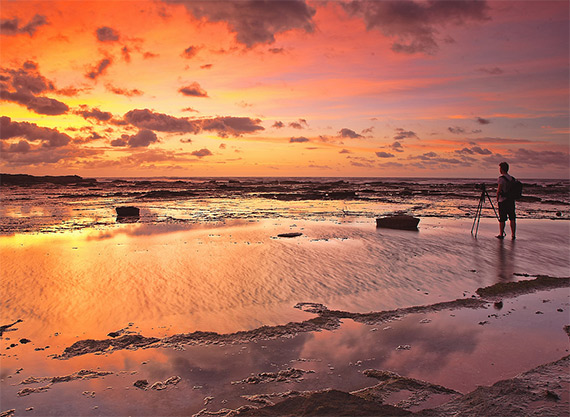
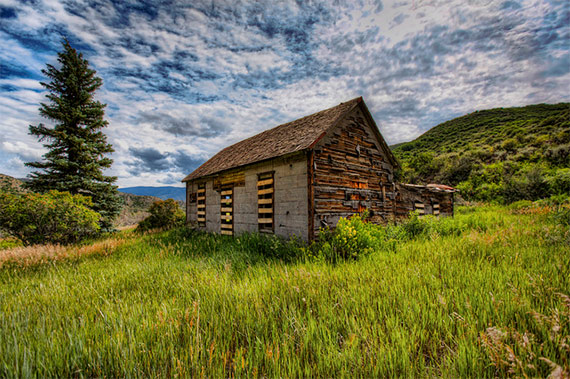
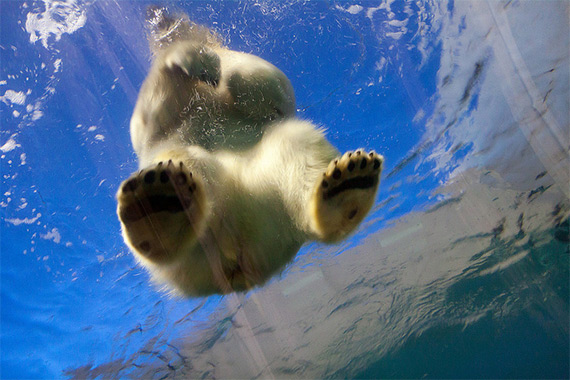
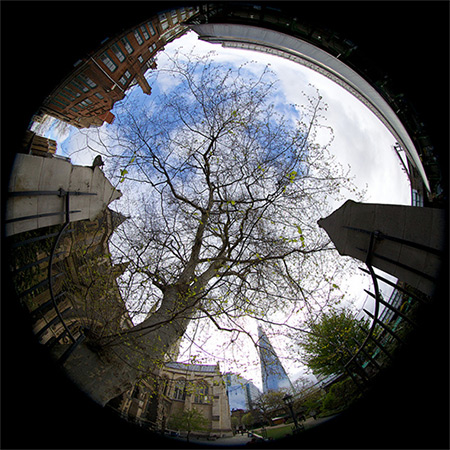

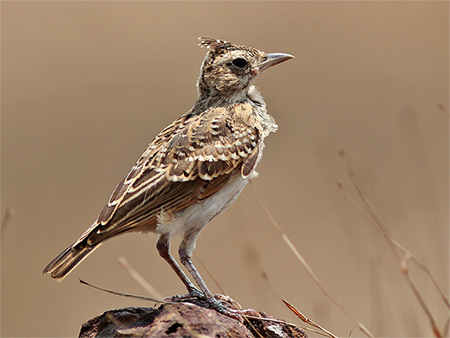




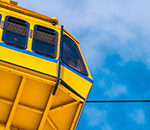
Hello
I plan a trip to Bahamas in April. I will bring three lenses with me, and they are Canon 24-105mm, canon 70-200mm f2.8 II, and Sigma 35mm f1.4 Art. Do you think that is good enough for portrait, landscape and wildlife photography? Please advise.
Thanks,
Huy
What would you recommend for shooting wide angle landscapes but also having a zoom lens to be able to capture wildlife further away? It would be best if it was one lens because I will be travelling and I don’t want to carry lots with me. Thank you.
Hi
Seems you never told about 24-70 mkii. I’ve this and worried was that spending bad? :-(
Thanks
Canon 28 to 135 IS –good or pretty good or not good in your opinion. Thanks